I wrote in previous articles that all the digital audio equipment is running on 48 Khz in my studio. When you transfer digital signals at this rate it is very important that the timing of these signals is perfect to avoid loss of even a single one or zero. Normally when you connect two digital machines together it is possible to configure one as 'master' and the second one as 'slave'. The slave will synchronize automatically to the master. When you have a lot of digital equipment though it is not that simple anymore. Everything needs to be in perfect sync at the same time. For this purpose a special protocol was designed called 'Word Clock'. It is nothing more than a very steady 48 Khz signal that is send over a coax cable.
In the picture on the right you see again a simplified version of my studio schematic with only the word clock signals showing in purple. Again this is just a symbolic representation. The actual wiring will be a bit different, but you can see that the Lynx Aurora's, ADA-8000's , ADI-648's and Friend-Chip DMX 's are all connected to word clock. Also the Fireface 800 that is connected on my mastering PC is connected to Word Clock. Normally this PC is internally clocked on 44.1 Khz, but I can synchronize it to the Big Ben when I want. There are also a couple of Sound Effects Processors connected to World Clock actually, but I didn't put them in this schematic. But I guess you get the picture by now. You also see another piece of equipment I didn't talk about before that is called 'Big Ben'.
The Big Ben is made by Apogee and is simply a clock generator, but it is a very good one. It produces a very stable clock and has multiple outputs. In the past I used my PC as master clock but that had some disadvantages. To start with not everything would sync to it and it only had one output. The Big Ben has six outputs with build in terminators. For a stable clock signal and good distribution the coax cable that the signal is running over must be a 75 ohm (impedance) bus structure that needs to be terminated on both ends with 75 ohm terminators.
A terminator is nothing more than a 75 ohm resistor build in or attached to a BNC connector. These can be build in the equipment or mounted externally. In the picture on the right you see how a simple Word Clock bus would look like. You see two terminators on both ends. Special T or Y connectors that connect the equipment to the bus. One master device that in my case will be the Big Ben and two slave devices.
On the left you see a BNC cable with coax connectors attached. It is very important that you have the right cable and terminators. In the past the Ethernet network was also transported over coax, but this cable and also the terminators that came with them were 50 Ohm in stead of the necessary 75 Ohm. So don't use those!
I'm very happy with the Big Ben. One of the other nice things it does is measure the impedance on all its outputs. If one of the Word Clock buses is not exactly 75 Ohm a red led will light in stead of the green led for normal operation. So you can instantly see if everything is alright. All my equipment is in perfect sync now and the quality of the digital recording is outstanding because of this. A bad sync of equipment leads to dramatic decrease of clarity of the recordings immediately. I had a lot of trouble with this in the past.
700 FM Voice Scroll
12 hours ago







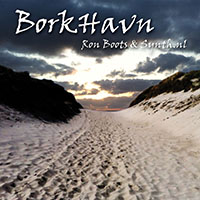
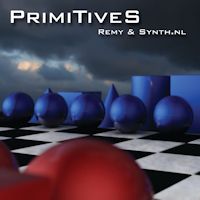


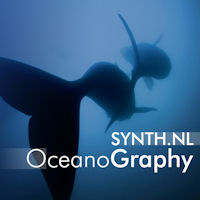
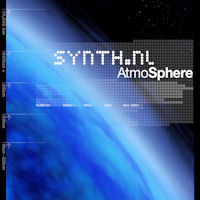
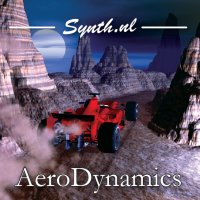
No comments:
Post a Comment